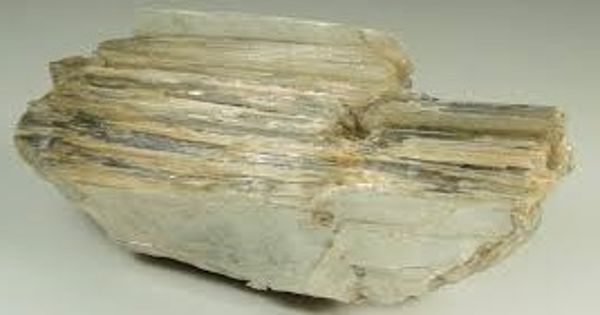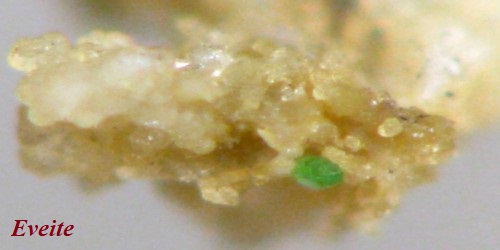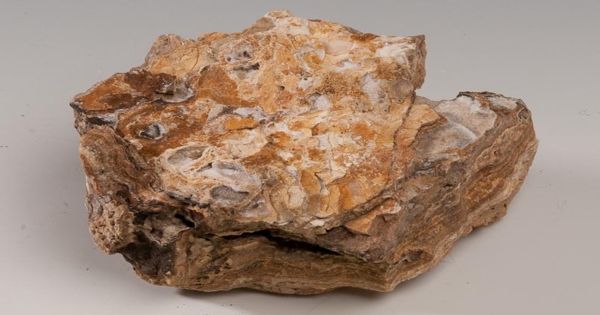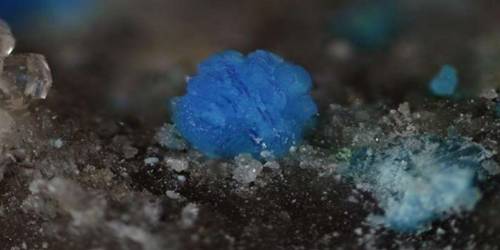Muscovite is the most common mineral of the mica family. It is also known as common mica, isinglass, or potash mica is a hydrated phyllosilicate mineral of aluminum and potassium with formula KAl2(AlSi3O10)(F, OH)2, or (KF)2(Al2O3)3(SiO2)6(H2O). It is an important rock-forming mineral present in igneous, metamorphic, and sedimentary rocks. It can be colorless or tinted through grays, browns, greens, yellows, or (rarely) violet or red, and can be transparent or translucent.
Muscovite is easily identified because its perfect cleavage allows it to be split into thin, flexible, elastic, colorless, transparent sheets with a pearly to vitreous luster.
General Information
- Category: Phyllosilicate
- Formula: (repeating unit) KAl2(AlSi3O10)(F, OH)2
- Crystal system: Monoclinic
- Crystal class: Prismatic (2/m) (same H-M symbol)
- Color: White, grey, silvery
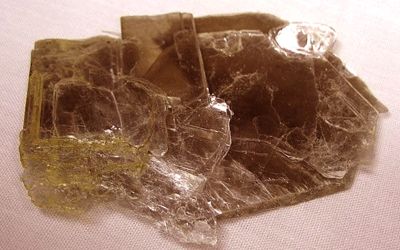
Properties
Muscovite has a Mohs hardness of 2–2.25 parallel to the [001] face, 4 perpendicular to the [001], and a specific gravity of 2.76–3. It is usually colorless but may be light gray, brown, pale green, or rose-red in color.
- Crystal habit: Massive to platy
- Twinning: Common on the [310], less common on the {001}
- Cleavage: Perfect on the {001}
- Fracture: Micaceous
- Tenacity: Elastic
- Mohs scale hardness: 2–2.5 parallel to {001} 4 right angle to {001}
- Luster: Vitreous, silky, pearly
- Streak: White
- Diaphaneity: Transparent to translucent
- Specific gravity: 2.76–3
- Optical properties: Biaxial (-)
Occurrences
Muscovite typically occurs in metamorphic rocks, particularly gneisses and schists, where it forms crystals and plates. It has a highly perfect basal cleavage yielding remarkably thin laminae (sheets) which are often highly elastic. Sheets of muscovite 5 meters × 3 meters (16.5 feet × 10 feet) have been found in Nellore, India. It also occurs in granites, in fine-grained sediments, and in some highly siliceous rocks.
It is found in igneous, metamorphic, and sedimentary rocks. In igneous rocks, it is a primary mineral that is especially common in granitic rocks. Its crystal system is monoclinic. The green, chromium-rich variety is called fuchsite; mariposite is also a chromium-rich type of muscovite.
Uses
Due to its transparency, durability, and insulating properties, the sheets of mica were used as windows in medieval Russia, as a cheaper alternative to glass. Scrap, flaked and ground muscovite is also commonly used as fillers and extenders in products like paints, surface treatments, and manufactured products.
Information Source:
